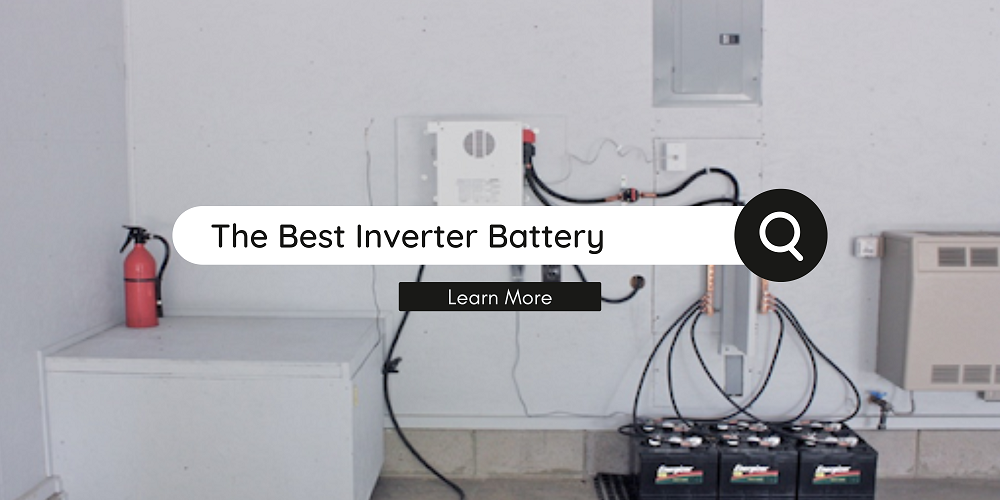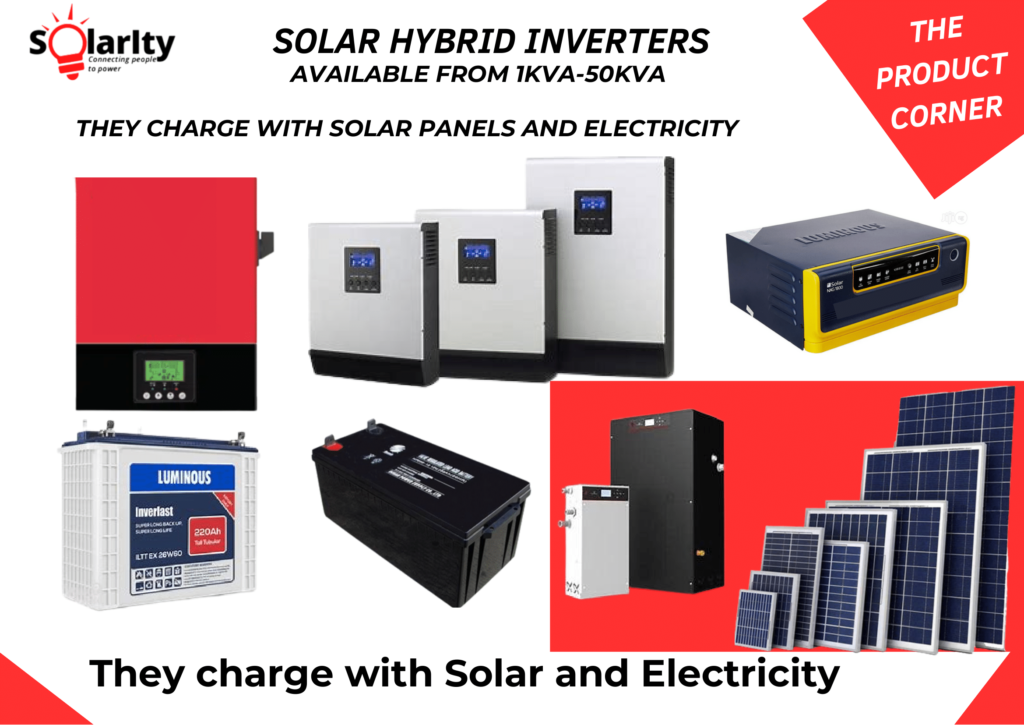The charging time for a solar generator depends on several factors, including the capacity of the battery, the efficiency of the solar panels, the amount of sunlight available, and the charge controller’s performance.


Here are some factors that influence the charging time:
Solar Panel Capacity: The wattage and capacity of the solar panels in the solar generator determine how much sunlight they can convert into electrical energy. Higher-capacity panels can generate more power, reducing the charging time.
Sunlight Conditions: The intensity and duration of sunlight directly affect the charging speed. A solar generator will charge faster on a clear, sunny day compared to a cloudy or overcast day. Additionally, the angle of the sunlight and potential shading can impact performance.
Battery Capacity: The size of the battery in the solar generator plays a crucial role. A larger battery will take longer to charge than a smaller one, assuming the same charging rate.
Charge Controller Efficiency: The charge controller manages the charging process, preventing overcharging and optimizing the battery’s health. An efficient charge controller can contribute to faster charging times.
Charging Method: Some solar generators support multiple charging methods, such as solar, AC (plugging into a standard electrical outlet), or even vehicle charging. The charging time will vary depending on the selected method.
As a general guideline, it might take several hours to a full day to charge a solar generator fully. However, this can vary widely based on the factors mentioned above. Some smaller solar generators with limited battery capacity may charge relatively quickly, while larger units may take more time.
For specific information on charging times, it’s best to refer to the manufacturer’s specifications for the particular solar generator model you are using. The user manual or product documentation should provide details on charging times under various conditions.
